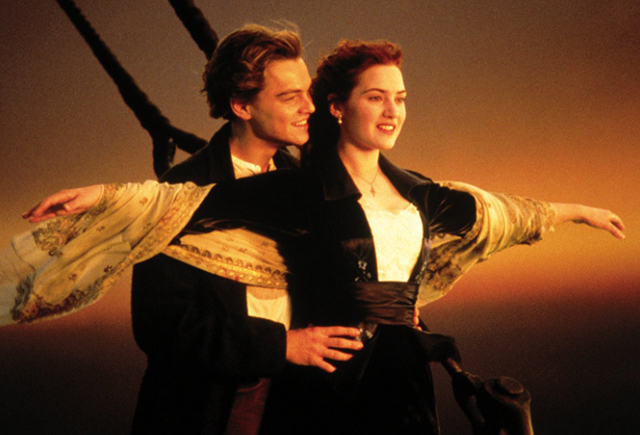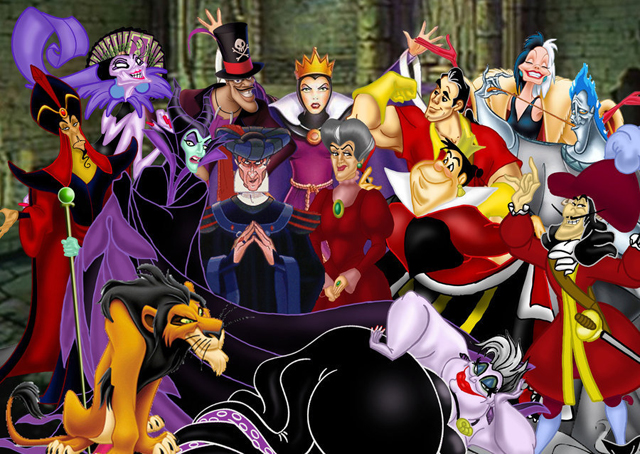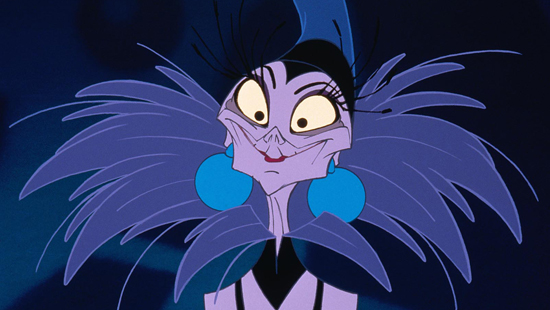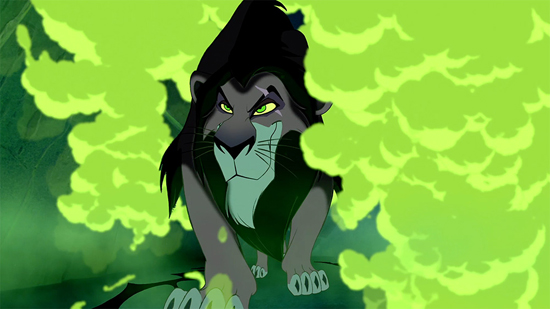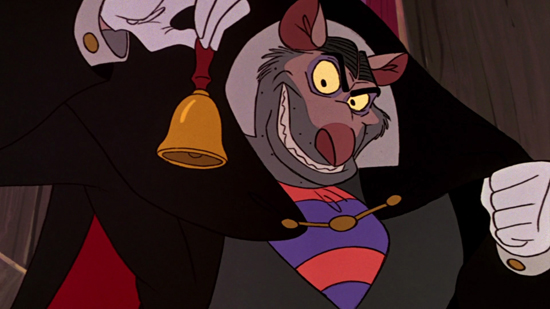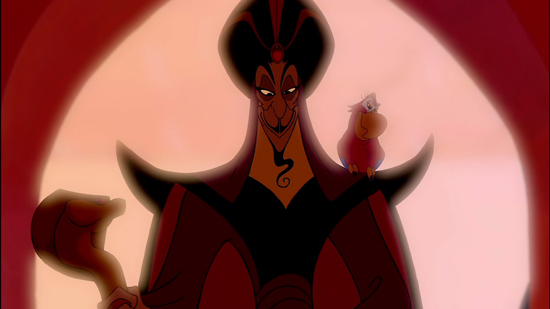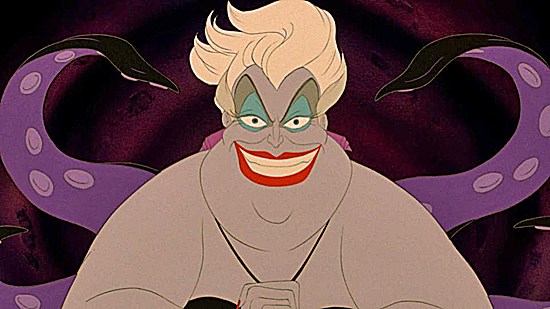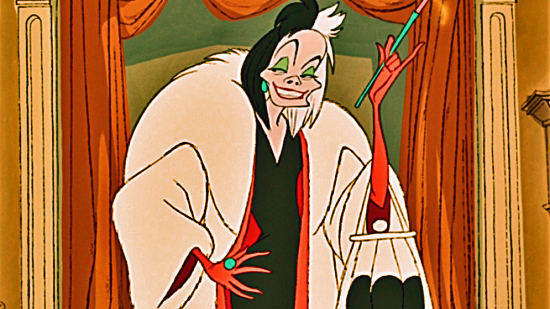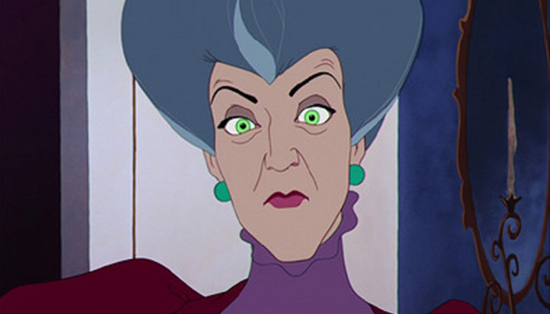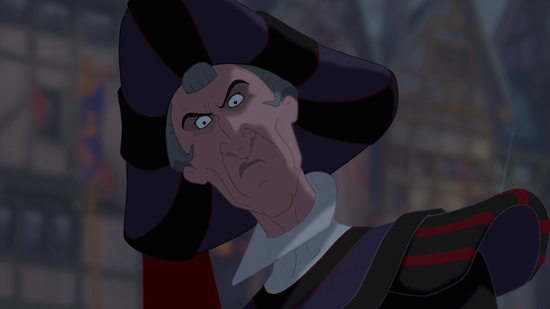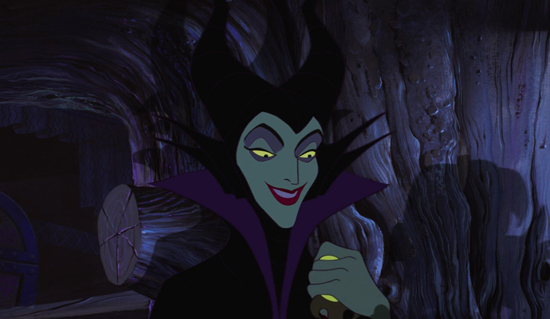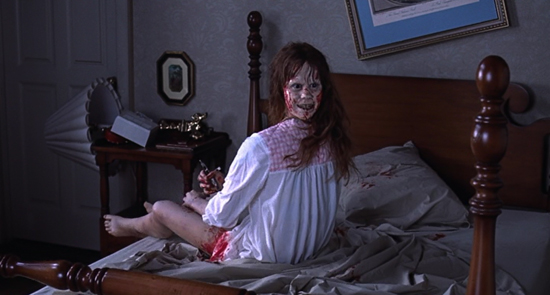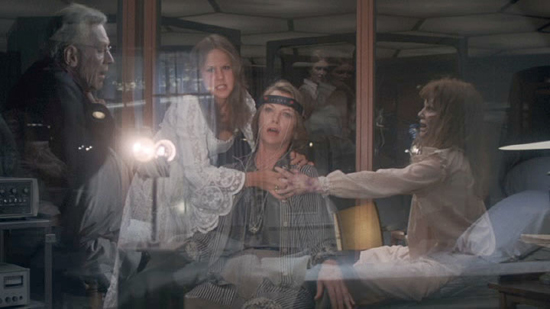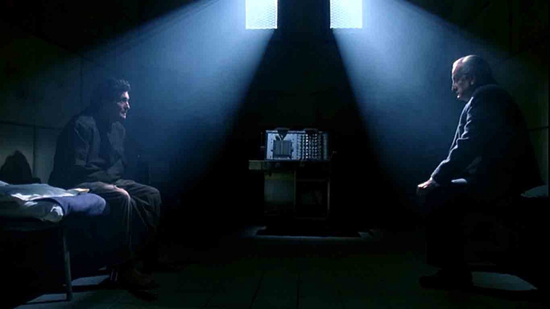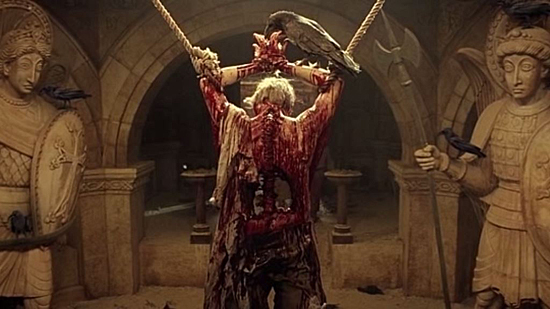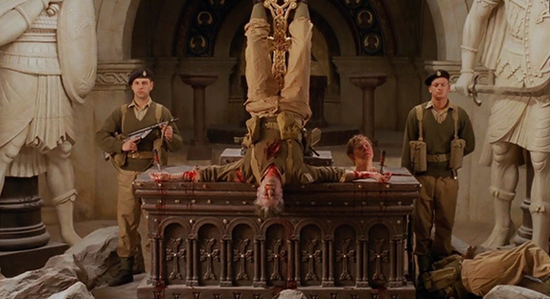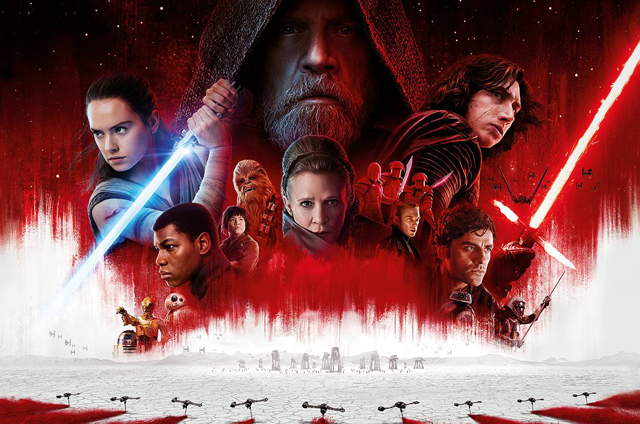
It’s pretty remarkable that we live in a culture where several generations of film-goers can share a common connection with the same film franchise no matter what their age. When the first Star Wars made it to the big screen in 1977, it was certainly a product of it’s time to be sure, but it resonated so well that it would go on to redefine the cinematic experience as a whole for years afterwards. The enduring legacy continued through two equally beloved sequels, The Empire Strikes Back (1980) and Return of the Jedi (1983) and the Star Wars trilogy as it was known then would go on to influence a generation raised watching it and absorbing it’s wonder. As a result, Star Wars became more than just a movie, but a cultural touchstone, as fans defined their lives around their love of the movies; in some cases to extreme degrees. It was also a game-changer for Hollywood, as a generation of future filmmakers took inspiration and built their own majestic adventures in the spirit of Star Wars. Upon seeing how extensive the impact of the first trilogy was on the culture, the man behind it, George Lucas, believed that he had the opportunity now to expand his universe further. Thus, we got what is now known as the “prequel trilogy,” telling the story of what led up to the events of the original three films. The reception to the prequels, however, were mixed, as the maturing fan-base of the original trilogy held the series in sacred regard, and considered George Lucas’ additions to be superfluous and demeaning. Even still, the movies were still financially successful, and what they did more than anything was to keep the Star Wars franchise still fresh in people’s minds, especially to younger viewers who were coming to the franchise with fresh eyes. Good or bad, two generations of fans exist for this continuing series, and it continues to fuel the growth of the extended universe that Lucas has created, which leads us now to the current generation of Star Wars fandom.
After the prequels, the future of Star Wars was cast in doubt, because it seemed that George Lucas himself had put it behind him finally and was content to leave the story complete as it was. But in 2012, a remarkable deal was struck which allowed George Lucas’ production company, Lucasfilm, to be purchased by Disney for a substantial $4 billion. For the first time ever, the Star Wars brand was freed up from the grasp of it’s creator and was now allowed to flourish on it’s own. Disney of course wasted no time and immediately put the franchise to work, announcing that work was going to begin on a brand new trilogy, this time looking forward instead of backward by continuing the story-line told in the original trilogy. The first film in this new era was given to blockbuster filmmaker J.J. Abrams, who had already garnered success for relaunching the dormant Star Trek film franchise. Though the job would be daunting, given all the expectations put upon it, J.J. managed to deliver a very satisfying addition to the Star Wars series with The Force Awakens. Not only did it work as a stand alone film, it managed to tie the whole series together in a more complete way, allowing fans of both the grittier original trilogy and the glossier prequels to appreciate it together. It was nostalgic for the past, but held new promise for the future. And alongside the successful spinoff hit, Rogue One (2016), Star Wars is once again in a position where they are not just the biggest franchise in Hollywood today, but also one of the most influential. And that legacy finds itself with a new chapter in this year’s newest entry, Star Wars Episode VIII: The Last Jedi. Is it a movie worthy of the legacy that it’s built upon, or is it a road block that could minimize the bright future that’s ahead for the series.
The film picks up right after the events of The Force Awakens. The Rebellion, led by General Leia Organa (the late Carrie Fisher) is still rejoicing it’s spectacular victory over the First Order; an evil military remnant of the Galactic Empire. Leia’s most trusted Starfleet captain, Poe Dameron (Oscar Isaac), continues to make riskier attacks against what remains of the First Order’s fleet, but the costs are piling up and the Rebellion’s numbers are dwindling. After learning that the First Order now has developed technology that can track them through light speed, the Rebellion suddenly finds themselves on the run. At the same time, Poe finds himself at odds with Leia and the new resistance leader, Vice Admiral Holdo (Laura Dern). With the help of his friend Finn (John Boyega) as well as a plucky engineer named Rose (Kelly Marie Tran), the trio devise a plan to secretly gain access to the First Order’s flagship and dismantle their tracking signal. Meanwhile, many star systems away, Rey (Daisy Ridley) has finally met up with the long missing Luke Skywalker (Mark Hamill). Rey hopes that the Jedi master will help her to focus the powers that are awakening within her and train her in the Jedi arts. But, Luke has vowed to put an end to his Jedi ways and refuses to become her teacher. Rey only gains his trust after demonstrating some of the raw strength that she wields, but in doing so, she further terrifies the aging Jedi. He recognizes her power as being too similar to those of his nephew Ben Solo, who had turned to the dark side and became Kylo Ren (Adam Driver). As Rey gains more skills, she starts to gain a psychic connection with Kylo Ren, who is currently under the influence of the First Order’s Supreme Leader Snoke (Andy Serkis). Is their bond the key to balance within the force, or is there a darker scheme at work, and is it time for Luke Skywalker to wield the lightsaber for one last battle?
When judging The Last Jedi, you have to take account of where it falls within the series as a whole. For many people, the high-point of the series is The Empire Strikes Back, the second film ever made and the fifth chronologically. Since then, everything has been trying to clear that high bar and few if any have ever come close. The prequels represent to many the low points, as it’s clear that George Lucas lost focus on the story and became too self involved in the world building of it all. For The Last Jedi, it’s following in the footsteps of a generally beloved reboot for the series in The Force Awakens, which opened the door for many opportunities, while at the same time following safe and familiar ground. Last Jedi certainly has the benefit of being the second film in a trilogy, something it shares in common with Empire, but that’s also a negative, as it has more expectations placed upon it because of that aspect. But, just judging it on it’s own, how does it fare? I would say that it meets most of it’s expectations, but never really exceeds them. I did have a good time watching the movie, and it had some truly spectacular moments. What it also had was an uneven story, that unfortunately falls into meandering subplots and lulls in the pacing. As a result, I found it to be somewhat of a step backwards after the more briskly paced and pleasantly surprising Force Awakens. But, that being said, this is by no means a bad movie at all. It is light years better than the prequels, I can tell you that, and at some point features moments that I would characterize as among the best in the series. The film was written and directed by Rian Johnson, who has made a name for himself with critically acclaimed thrillers like Brick (2005) and Looper (2012), and he certainly shows great skill here with this material, giving it the right epic feel, along with some of the unexpected twists that takes the universe into uncharted territory. At the same time, while offering some new ideas into the mix, Johnson unfortunately throws a little too much in, not allowing stuff to stick with the audience quite as well as it should.
Of course, this shouldn’t be compared at all with Empire Strikes Back, and for the most part Last Jedi does manage to steer clear of direct comparative elements that naturally would reflect badly upon it. But, one thing that I did think it lacked in comparison to Empire is the balance it has with playing out multiple story-lines. In Empire, you had two solid plot-lines, one with Luke being trained by Yoda and the other focused on Han Solo and Leia’s growing relationship, threaded perfectly together towards an unforgettable finish. Here, not all the plot-lines thread together as neatly. There is this lackluster side quest taken by Finn and Rose to a Casino resort planet, which adds nothing to the story and in some ways feels very out of place in a Star Wars movie. Because of this, I felt that the movie lagged in the middle as I just didn’t care at all what was happening in this sequence. Essentially, it’s just used as an excuse to bring a new wild card character into the mix, a code-breaker named DJ (played by Benicio Del Toro) who unfortunately is given too little screen time to make an impact. If you’re going to get someone of Del Toro’s caliber to be a part of the cast, you should use him to the fullest potential, and sadly this movie does not. And you would think that with a lengthy running time of 2 /12 hours (the longest in the series) that more time would be devoted to giving every new thing it’s due, and sadly it does not. But, whenever the movie would find it’s focus, particularly in the latter half, it would really grab a hold of the audience and overall, more scenes work than don’t. I especially loved every moment focused on Luke and Rey. That’s where the movie finds it’s soul, and some of the most profound moments ever seen in the Star Wars franchise can be found in their story-line. The movie also does a fantastic job of upending your expectations. Without giving anything away, there are a few surprises late in the film that not only takes the story in a whole new direction, but even shakes up the future of the universe as a whole. In many ways, the movie’s greatest strength is the way that it subverts the tropes that you’ve come to know about Star Wars and makes you see that anything is really possible with this franchise.
One thing that the movie does carry over well from The Force Awakens is the renewed emphasis on the characters in the series. Rey, Finn, Kylo Ren, and even the little droid BB-8 all continue to grab our attention and keep us invested in their ongoing adventures. The Last Jedi also thankfully gives more screen time and development to the character of Poe Dameron, as we see him develop more as a player in this whole thing. We see that he indeed has some flaws, as his brash and impatient attitude has sometimes put the Rebellion in even more danger, and towards the end of the movie, we see him learn more from his mistakes and see that sometimes caution is the better strategy. Every returning actor is still excellent, with both Daisy Ridley and John Boyega still as charming as ever in their respective roles. Adam Driver once again demonstrates his acting chops and makes Kylo Ren one of the Star Wars series’ most fascinating villains. The newer characters sadly leave less of an impression, but the best new addition is Kelly Marie Tran as Rose, who adds a new dimension to the story as one of the rebellion’s most ardent believers. One thing that will be notable about this movie, however, is that it marks the final screen performance of Carrie Fisher in the role that made her a star. Her tragic passing after finishing her scenes for this film is something that will cast a somber tone while watching her final performance her, and I can definitely say that it is a fantastic farewell to a great character and an even better actress. But, the film more than anything belongs to Mark Hamill as Luke Skywalker. The veteran actor steps back into the role with remarkable finesse, and it will take you right back to your childhood seeing him wield that lightsaber once again. Not only that, but he even brings more dimensions to his iconic character and shows us that there is still more to learn about this Jedi Master. His chemistry with Daisy Ridley’s Rey is also phenomenal and their moments are easily the highlights. And I have to say, without spoiling anything, the finale features some of the most bad ass Luke Skywalker moments this series has ever seen, and that’s saying something.
Also of note are the visuals in this movie. This may very well be the most beautifully shot film in the entire series. The original trilogy’s DP, Gilbert Taylor, was no slouch, but his skills were also limited by the budget, which gave the films a more grounded and grittier look, which actually worked to it’s advantage. Here, The Last Jedi was shot by frequent Rian Johnson collaborator Steve Yedlin, who brings a remarkable eye for scale and beautiful sense for color and light to the mix. There are some stunning visual moments that both he and Rian Johnson create, much of which are unique in the franchise to date. There is a beautiful moment where Rey begins to take her first lesson in feeling the Force around her, and the scene turns into a montage of images, creating a visual representation of Rey’s sensory experience. It’s something that you haven’t seen before in a Star Wars film, and it’s done really well. The movie also makes great use of it’s locations as well. While the aforementioned Casino planet is a little bland, the crystal planet of Crait more than makes up for it. Serving as the battleground for the climatic finale, this planet features some truly memorable visuals, including the way that the barren white salt flats of the surface gives way to blood red dirt underneath once it’s been turned over or disturbed. This leads to a mix of color that really captures the eye, and makes this not just look like an epic adventure, but also a work of art as well. At some points, I feel like Rian Johnson took inspiration from classic Westerns when creating his epic finale, because there are moment near the end that feel like they’ve come right out of a Sergio Leone Spaghetti Western, in a very positive way. All of this help to make the movie feel satisfying by the end, because while you can find fault in the story, you can’t help but be in awe of the artistry in it’s production, which in many cases represents some of the best we’ve ever seen before in this series.
As a whole, where would I rank this movie as a part of the series. For me, the original film and Empire Strikes Back are still the pinnacle of the series, as they represent the fullest expression of what George Lucas intended with his grand vision. Sure, they were compromised by their limitations, but the earnestness with which they were made are still unmatched even to this day. After them, I would put The Force Awakens as the third best in the series, as I found that film to have the best balance to it’s story that we’ve seen outside of the original series, even if it was overly familiar ground they were retreading. The prequels of course round out the bottom. The Last Jedi I would say falls into the flawed but still satisfying category that Return of the Jedi finds itself within. I can’t overlook the fact that it takes some unnecessary detours in the story that do nothing but pad the running time, but at the same time, I was still pleased with what I saw. The film has some great moments, especially those with Luke Skywalker, and it finishes very strong by the end. I even give the movie praise for subverting our expectations with regards to where we thought the movie was going to go. Some of those fan theories that have been circling the web for years are suddenly going to be stopped cold by this movie, and in a way, I’m kind of happy this movie did that. You can’t help but admire a film franchise that’s willing to take some chances and not be married to tired tropes that it had helped to make itself. If there is anything that this movie proves, is that anything is possible in this universe, and that more than anything is a promising aspect for the future of the Star Wars brand. I honestly have no idea where this trilogy is headed next, because this movie broke so many rules, and left so many things up in the air. When J.J. Abrams returns to make the trilogy capping Episode IX, it will be interesting to see what he does with the new direction that Rian Johnson has set for this world. In the end, The Last Jedi needed to set itself apart as an entry in this franchise and that it does. It’s not as pretty as some of the best we’ve seen in this series, but it is a welcome game-changer that in a way is exactly what this series needed to keep this franchise interesting for this generation and those that will continue to follow.
Rating: 8.25/10
